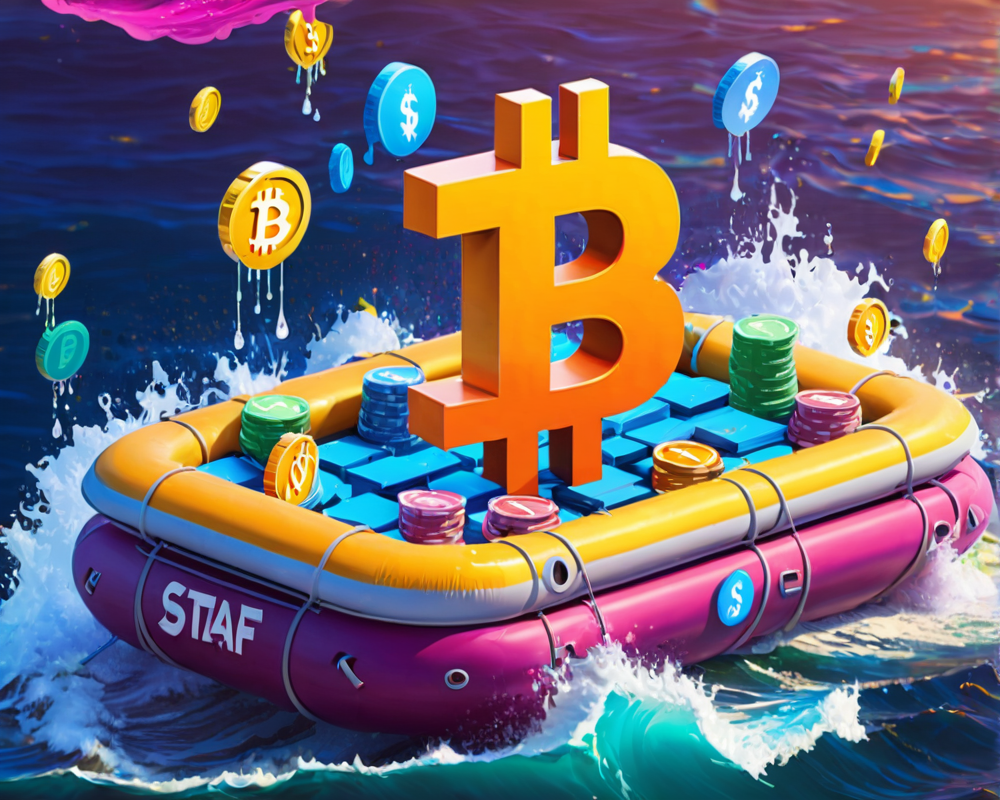What Happened? A Breakdown of the Raft Incident
Last week, the often-glorified world of decentralized finance took another hit when Raft, a protocol boasting a decentralized U.S. dollar stablecoin, found itself the victim of a significant security exploit. Despite bragging rights from multiple audits, $6.7 million simply vanished, leaving both the project and its users wondering if they were living in a blockchain utopia or a dystopian nightmare.
The Nitty Gritty: How the Exploit Went Down
The Nov. 13 post-mortem report gave us a front-row seat to how the heist unfolded. A hacker borrowed a whopping 6,000 Coinbase-wrapped staked Ether (cbETH) on the decentralized finance protocol Aave, then proceeded to transfer the funds to Raft. From there, they exploited a glitch in the smart contracts to mint a mind-boggling 6.7 million R tokens—Raft’s version of a stablecoin.
The Aftermath: Cashing In
After minting those tokens, the bad actor swapped them via liquidity pools on decentralized exchanges like Balancer and Uniswap, snagging $3.6 million in proceeds. Talk about moving fast! This hardly put a damper on old Raft’s spirits, though—until, of course, the R stablecoin experienced a depegging that had to be like a bad breakup for its investors.
Root Causes: A Lesson in Audits
According to Raft’s investigation, the root problem was a precision calculation issue when minting share tokens. This oversight allowed the exploiter to squeeze out extra share tokens, and they took full advantage of that inflated index value. Raft’s smart contracts were previously audited by well-respected security firms, Trail of Bits and Hats Finance, but alas, they missed this critical vulnerability.
What Raft Is Doing Now
Since the incident on Nov. 10, Raft has filed a police report and is actively working with centralized exchanges to trace the stolen funds. It’s basically like a digital game of whack-a-mole, but instead of moles, it’s wayward crypto. Meanwhile, all their smart contracts are currently frozen, although users who minted R tokens still have the chance to repay their positions and get their collateral back. So, there’s that!
A Deeper Look at Decentralized Stablecoins
Stablecoins like Raft are supposed to be the solid ground in the unpredictable crypto ocean, often secured by users’ crypto deposits as collateral. But incidents like this reveal that the waters can be treacherous indeed. A previous decentralized stablecoin, HAY, also faced a similar fate when hackers exploited smart contract vulnerabilities, leading to a temporary depegging. HAY eventually came back from the brink, partly due to its insistence on maintaining a collateralization ratio of 152%—a lesson that perhaps Raft could learn from.
Closing Thoughts: The Uncertain Future
As we eagerly await Raft’s next updates, one thing remains clear: in the rapidly evolving realm of decentralized finance, vigilance is key. Are users now crossing their fingers for a security vulnerability-free future? Only time will tell. In the words of Raft,
“We are aware of a potential security vulnerability. We are currently investigating and will provide an update as soon as we can.”




